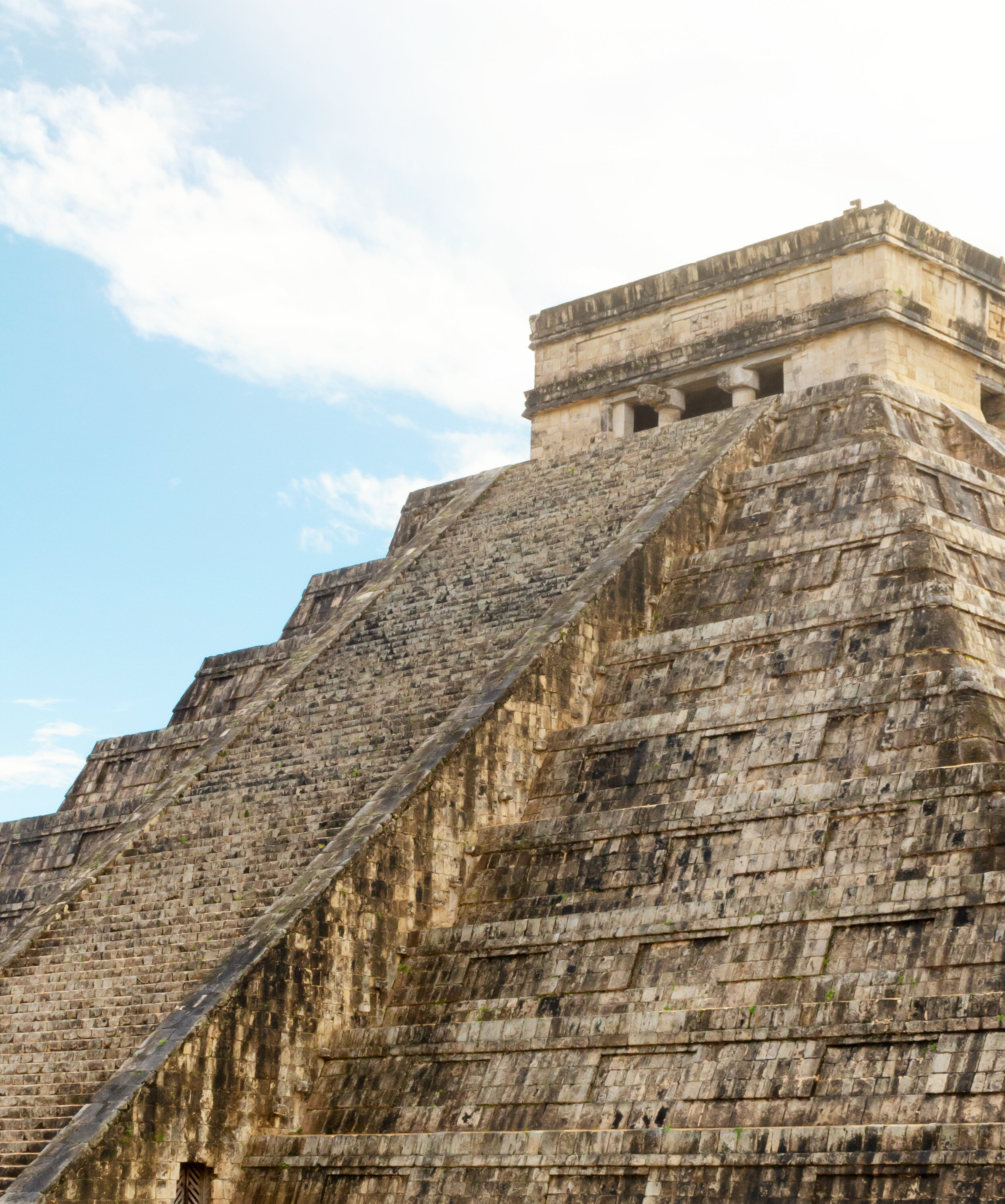The Yucatàn
In the tourist jungle of the Mayan Riviera, I sought a break in the trees.
What I got instead was something I didn’t recognise until recently. At the time I got the Mexico I wanted, the Mexico I expected. Playa del Carmen is very much a playpen for people just like me; travellers ‘brave enough’ to step off their resorts and hotel grounds to explore ‘the real Mexico’.
But several years and many travels later I have begun to understand the concept of the tourists’ gaze. That is, the idea that in the eyes of an outsider, the meaning or truth of a place might always be out of reach. I’ve long believed that local people and heritage as the most promising keys to unlocking it. But even then our entry is never guaranteed, and always incomplete. I read recently in an interview with Samin Nosrat, a chef who spent time in Mexico and came face to face with the impact foreign expectations can have on a place. During a trip to Oaxaca, she discovered that a local craft tradition had been completely altered to cater to the tastes of wealthy American tourists. Nosrat quotes the response of her Oaxaca-based friend, Niki Nakazawa:
“There’s no good and bad in Mexico. This has been happening since the beginning of time. For you to want traditional artisans to only ever do their tradition and never evolve is another form of colonialism.”
When seeking the ‘authenticity’ we so greatly covet, we must accept the reality that we are often seeing what we expect to see, having it served to us by a market we buy into in the same way that we might purchase clothing in alignment with fashion trends. When we travel and are out of our element, we can hardly tell fool’s gold from the real thing; we might never really get to the source.
This isn’t to say that travel is pointless and that we will only ever encounter a charade put on just for us when we venture to foreign countries; I only mean that we must think critically about the experiences we are being handed, and face the implausibility that we have, in the space of one short visit, discovered the true essence of a new destination.
I do believe, however, that it’s possible to navigate away from obvious tourist traps. In Playa del Carmen, there are many, but with patience, I found that a quieter, less obviously manufactured experience was possible. Wandering the backroads in an aimless search for tacos, we came upon a tiny Mexican food joint, without a single patron, but a long menu and stout hostess, neither showing signs of any English. Over unbelievably cheap guacamole, tacos, cervezas and enchiladas – some dishes in dollar-store plastic bowls, others in hand-painted ceramics – our host explained the restaurant’s name: La Coronela, I learned, is a folk song telling of a famous female colonel of the Mexican Revolution of the 1910s.
Folklore also interrupted my search for a gateway to the Yucatàn’s breathtaking natural phenomena. Taking in the beauty of the two sister grottos of the Cenote Dos Ojos in the solitary stillness of an early morning became one of my favourite travel moments to date. But I am hardly the first to note the eeriness of the stalactite roofed caverns, dozens of swooping bats and crystal-clear waters, not only because of the tour groups that poured in on our way out. The freshwater pools have served as a backdrop for Maya ritual for generations, evidence and legends telling of practises of human sacrifice and sacred offering deposition. I can only imagine the votives glittering beneath the surface of shocking blue.
And so exploring heritage – of which food, natural beauty, and myth-history are all part – while travelling is a mutual feedback loop. We seek it to inch closer to a sense of where we are, and we find it in our enterprise. I fished for authentic food and natural beauty and found folklore; if I’d dipped into heritage first, who knows where it would have guided me instead.
To get curious:
Learn about the rise and fall of the mysterious Maya civilisation, and its enduring influence.
Explore the ruins at Citchén Itzá, or better yet, in person.
Watch Episode 3 of ‘Salt Fat Acid Heat’, in which chef Samin Nosrat visits the Yucatàn and learns local cooking and agriculture.
Share your thoughts on this post: Facebook | Twitter | LinkedIn | Pinterest

